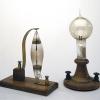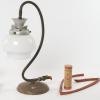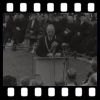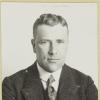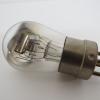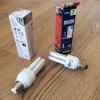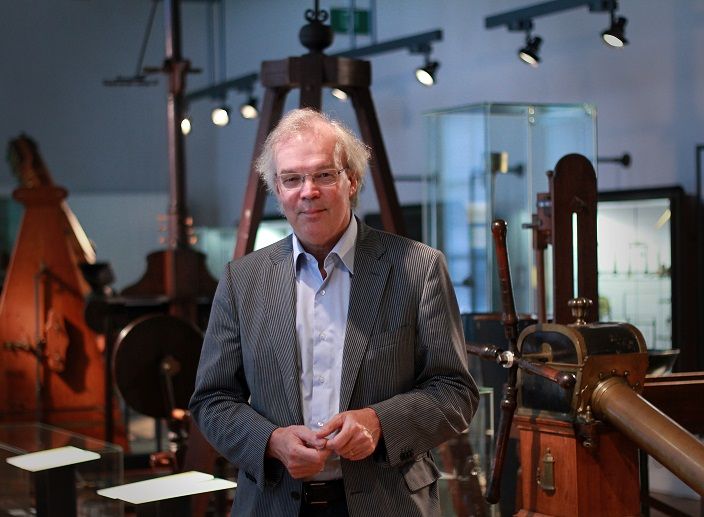Philips Light Bulb Factory
Philips exists 60 years
The growing market for electric light in Europe gave space to specialized companies that were heavily involved in its latest technological developments.
One of these was the Dutch company Philips. Gerard Philips bought a small empty factory at the Emmasingel in Eindhoven – nowadays the location of the Philips Museum – to produce light bulbs.
He knew his way around the international industrial world and was aware of the importance of patents. He had acquired necessary knowledge, such as how to produce carbon filament in bulk, and had closely observed the production processes of his future Dutch competitors. Once committed, he ordered machines, dynamos, measuring apparatus, chemicals, and semi-finished products such as glass bulbs.
Remarkably, the young Philips Company focused on one product only: the carbon filament lamp. Its market was Europe. Until 1912, when the Netherlands introduced patent law, Philips was allowed to copy others’ inventions. From 1894, Philips profited considerably and expanded its company business in Eindhoven.
Between 1895 and 1905, yearly production grew by a factor of twenty up to four million light bulbs. After AEG and Siemens & Halske, Philips & Co (from 1912 onwards the Philips Light Bulb Factory NV) became the third largest producer of light bulbs in Europe.
 Previous Story
Next Story
Previous Story
Next Story
How to cite this page
Dirk van Delft, 'Philips Light Bulb Factory', Inventing Europe, http://www.inventingeurope.eu/story/philips-light-bulb-factory
Sources
- Heerding, A. The origin of the Dutch incandescent lamp industry. (Vol. 1 of The history of N.V. Philips gloeilampenfabriek). Cambridge, Cambridge University Press, 1986.
- Heerding, A. A company of many parts. (Vol. 2 of The history of N.V. Philips' gloeilampenfabrieken). Cambridge, Cambridge University Press, 1988.





